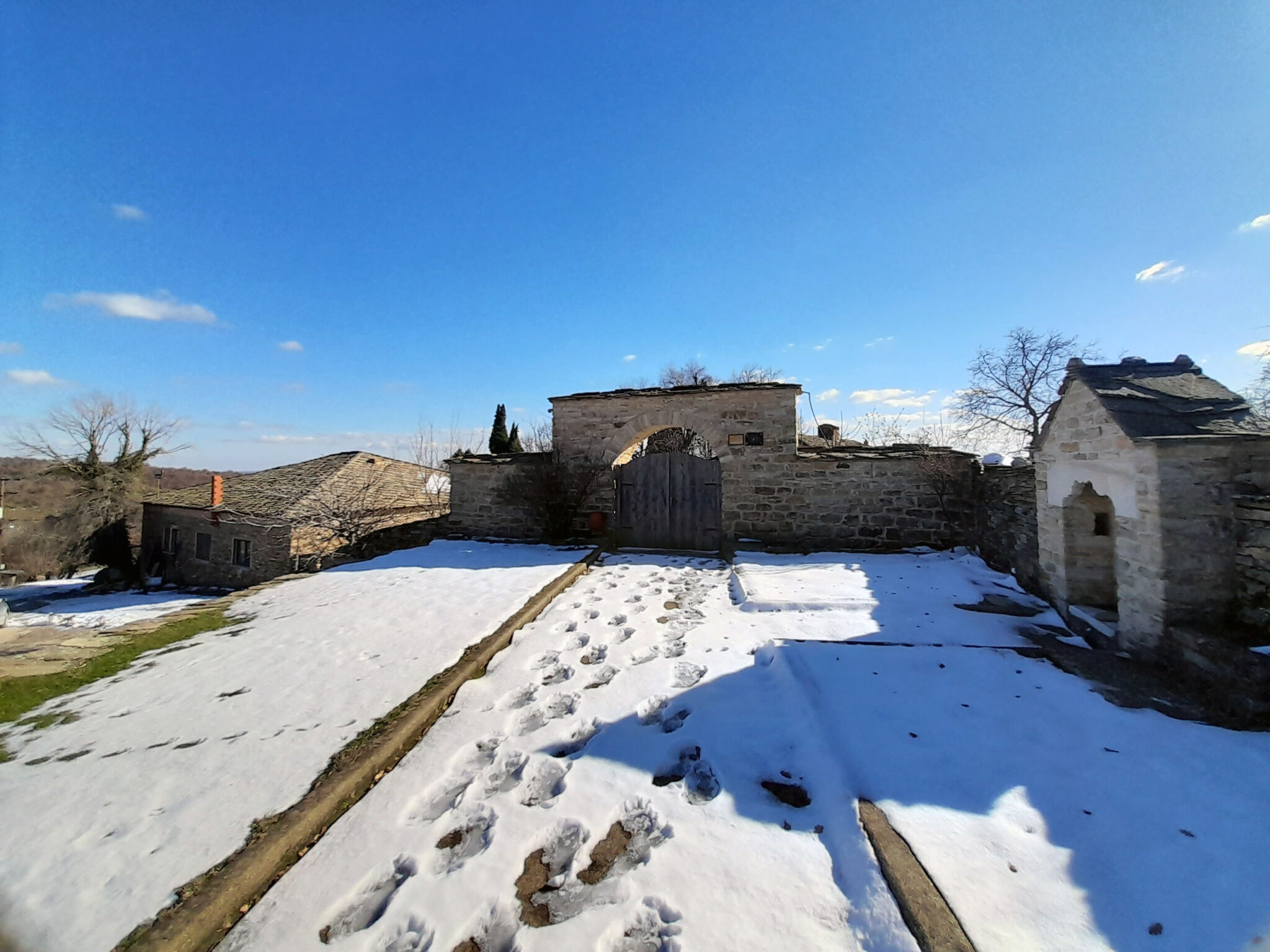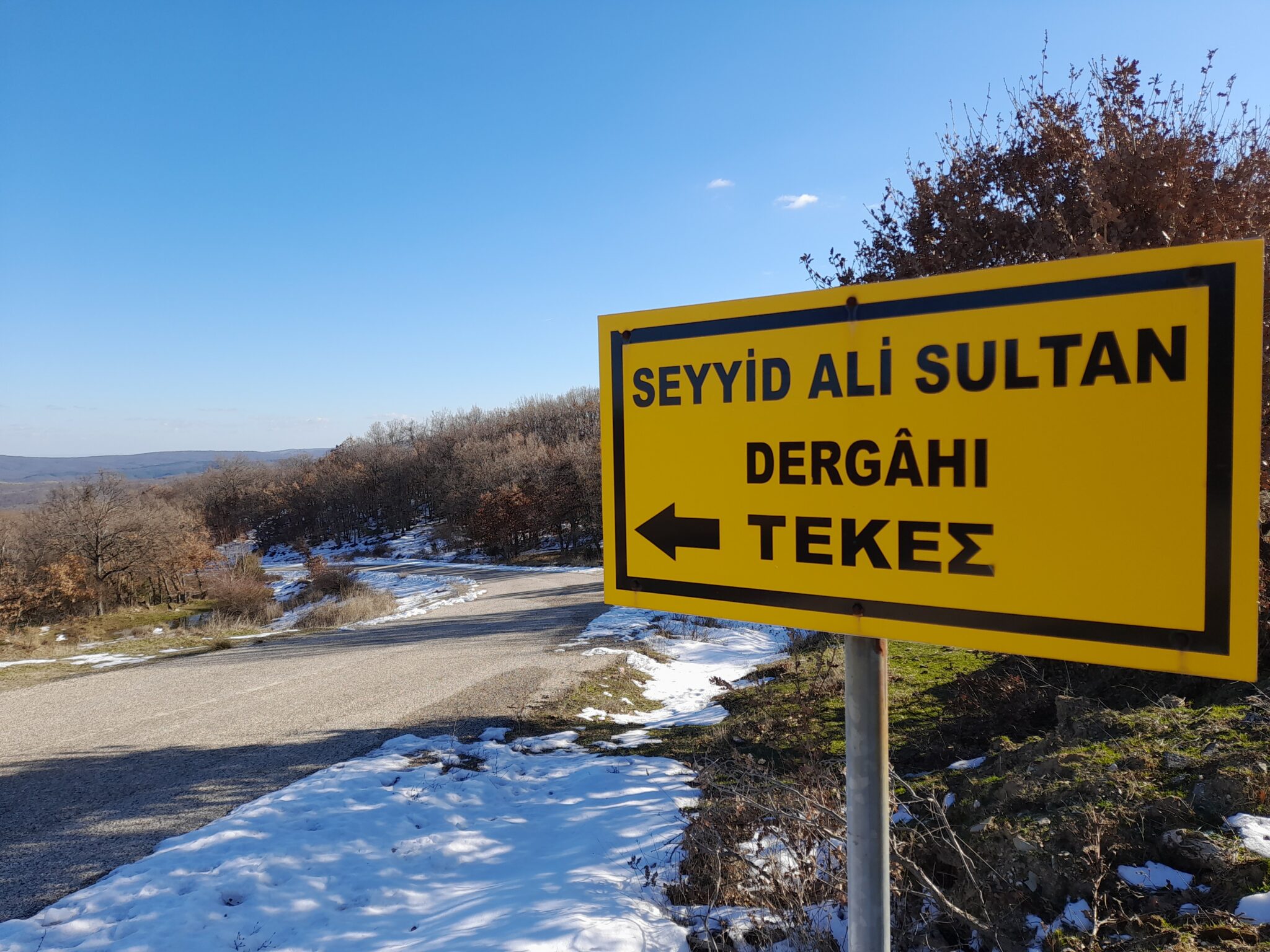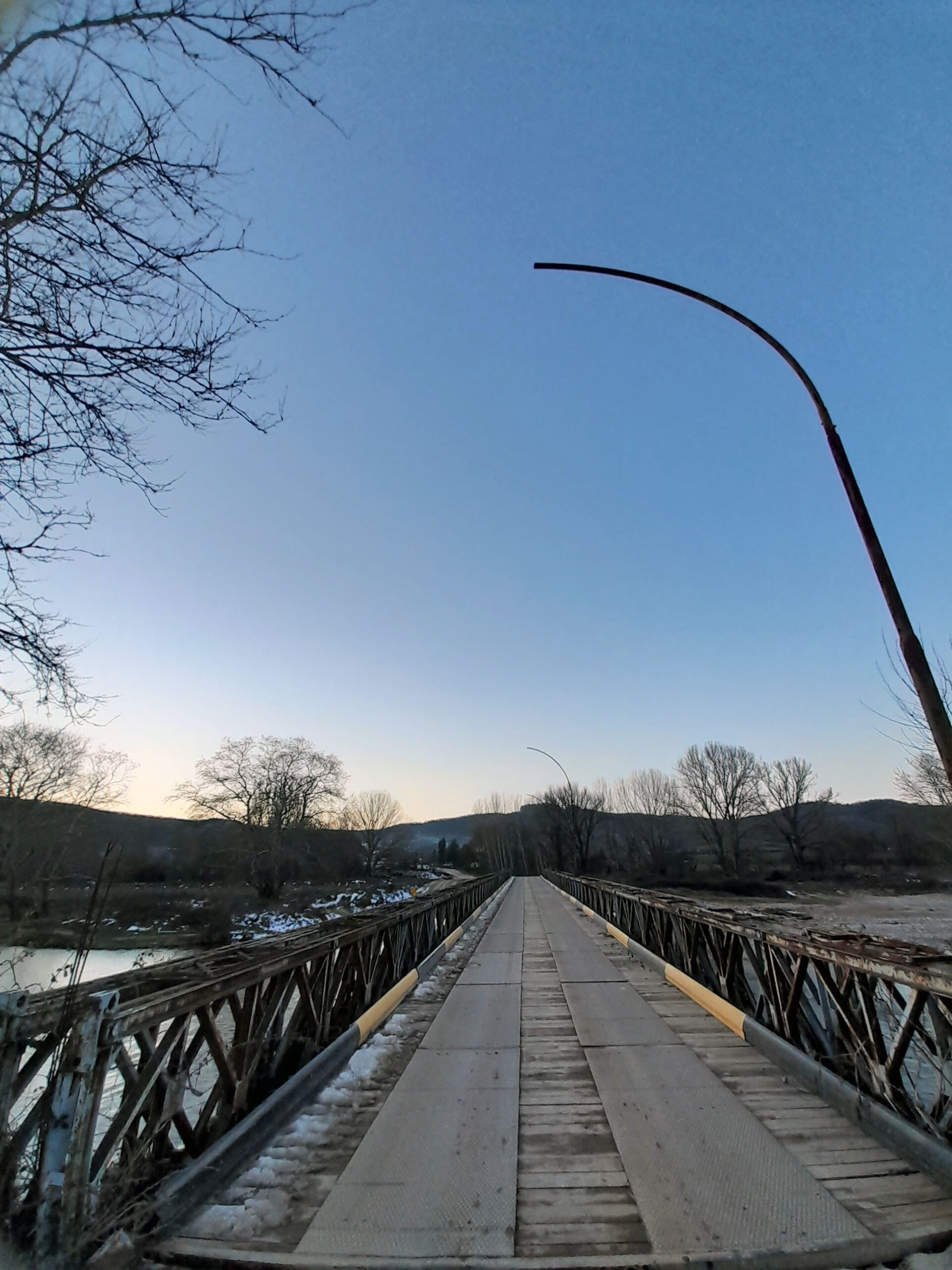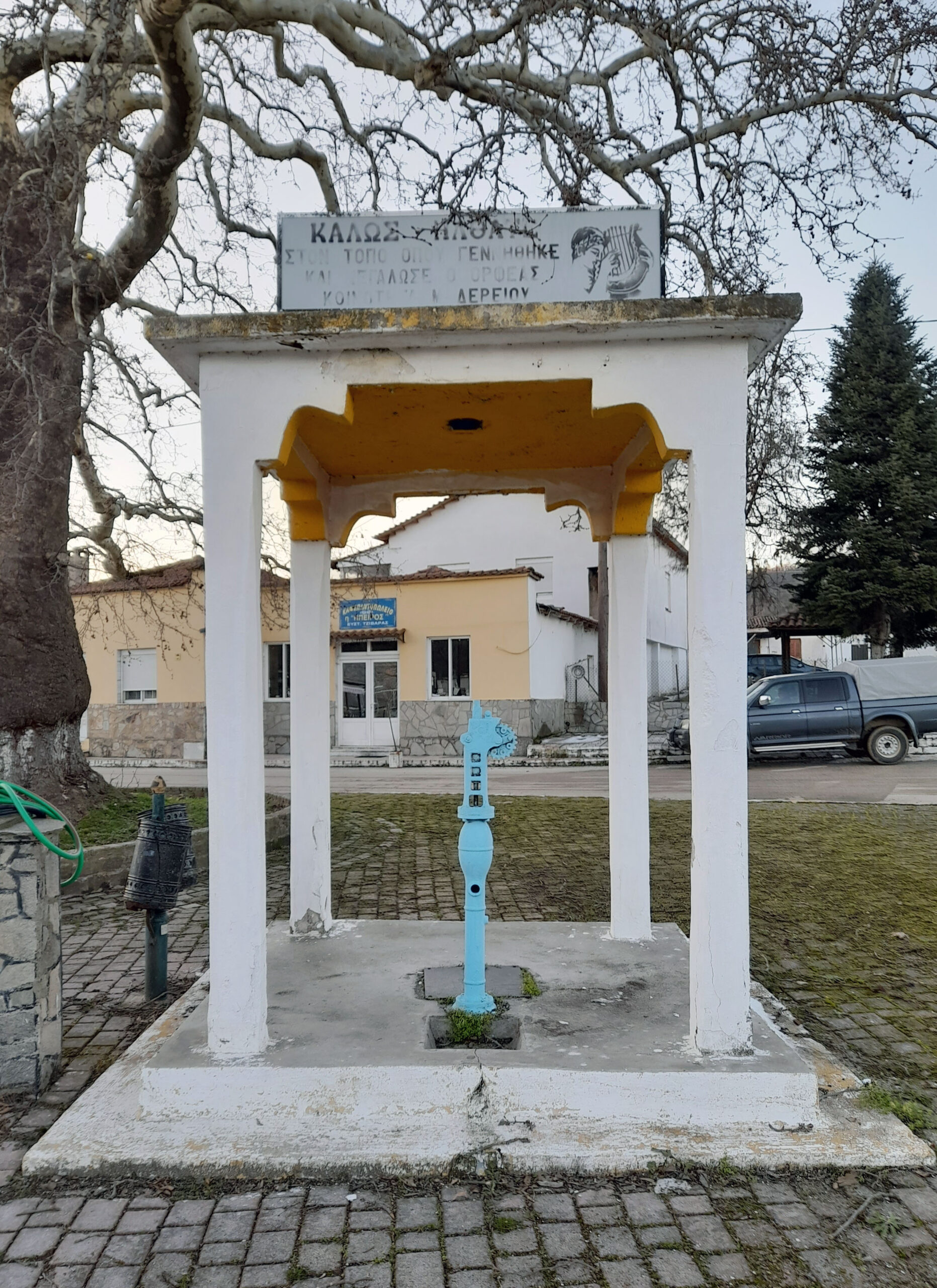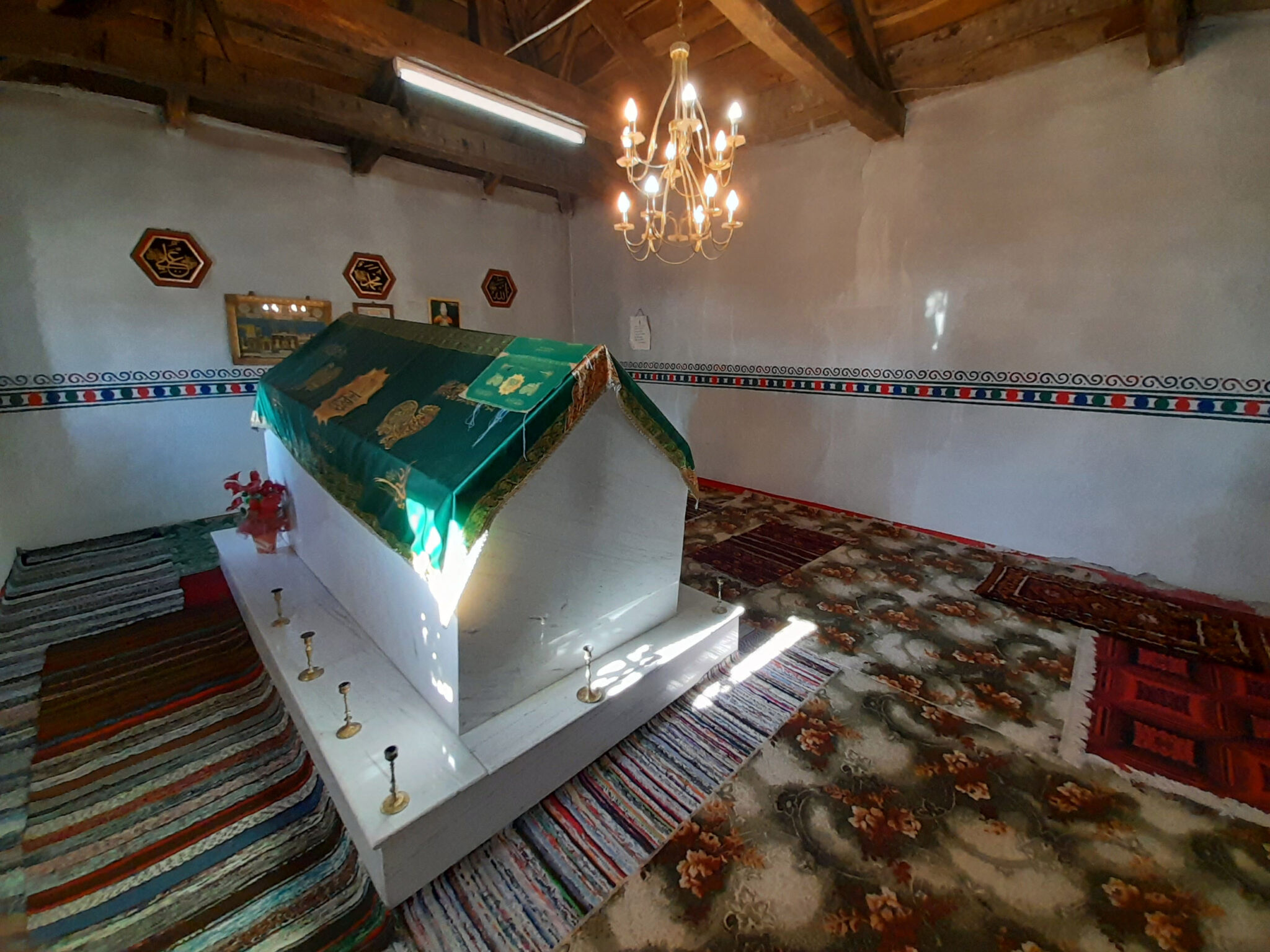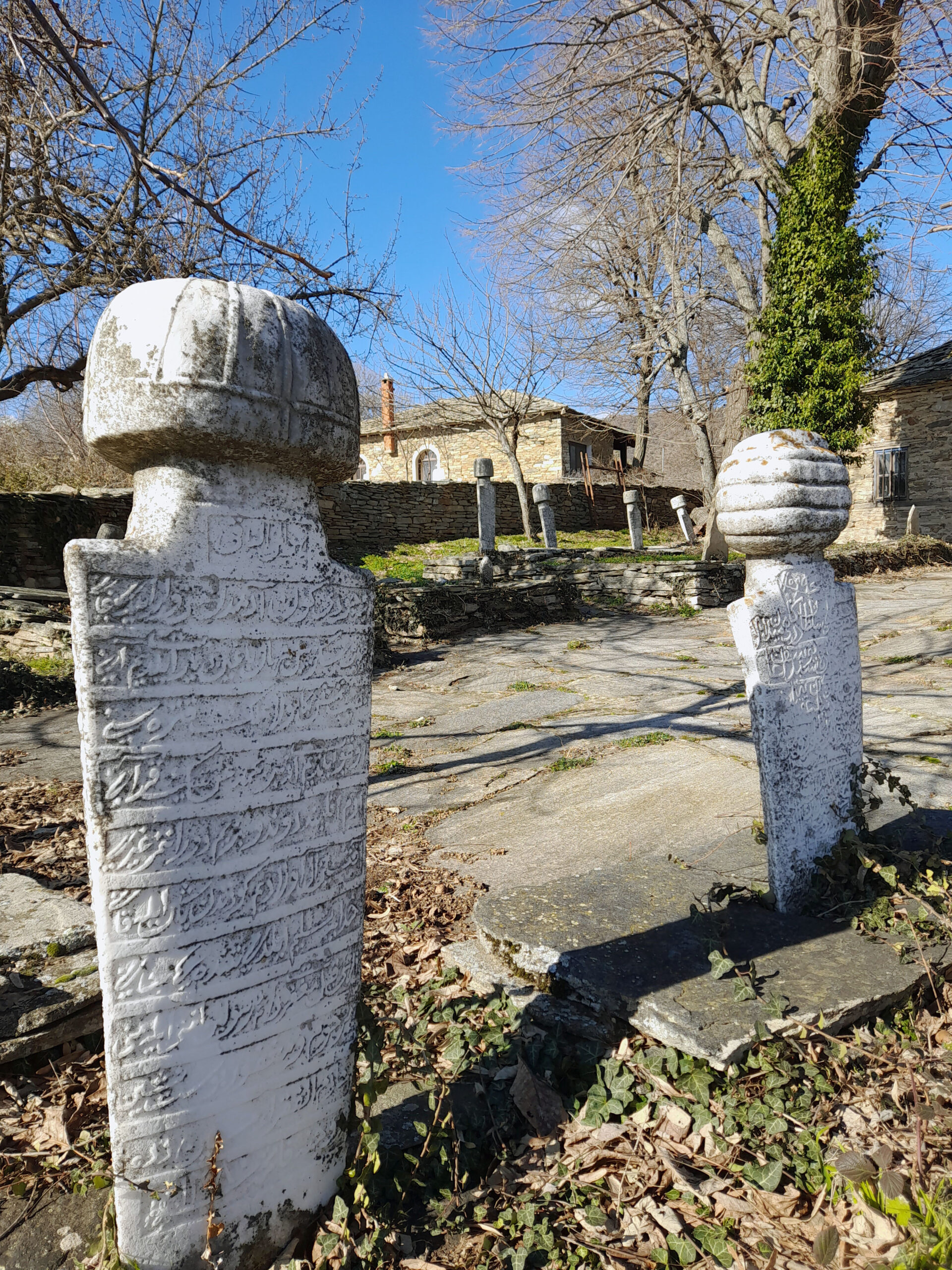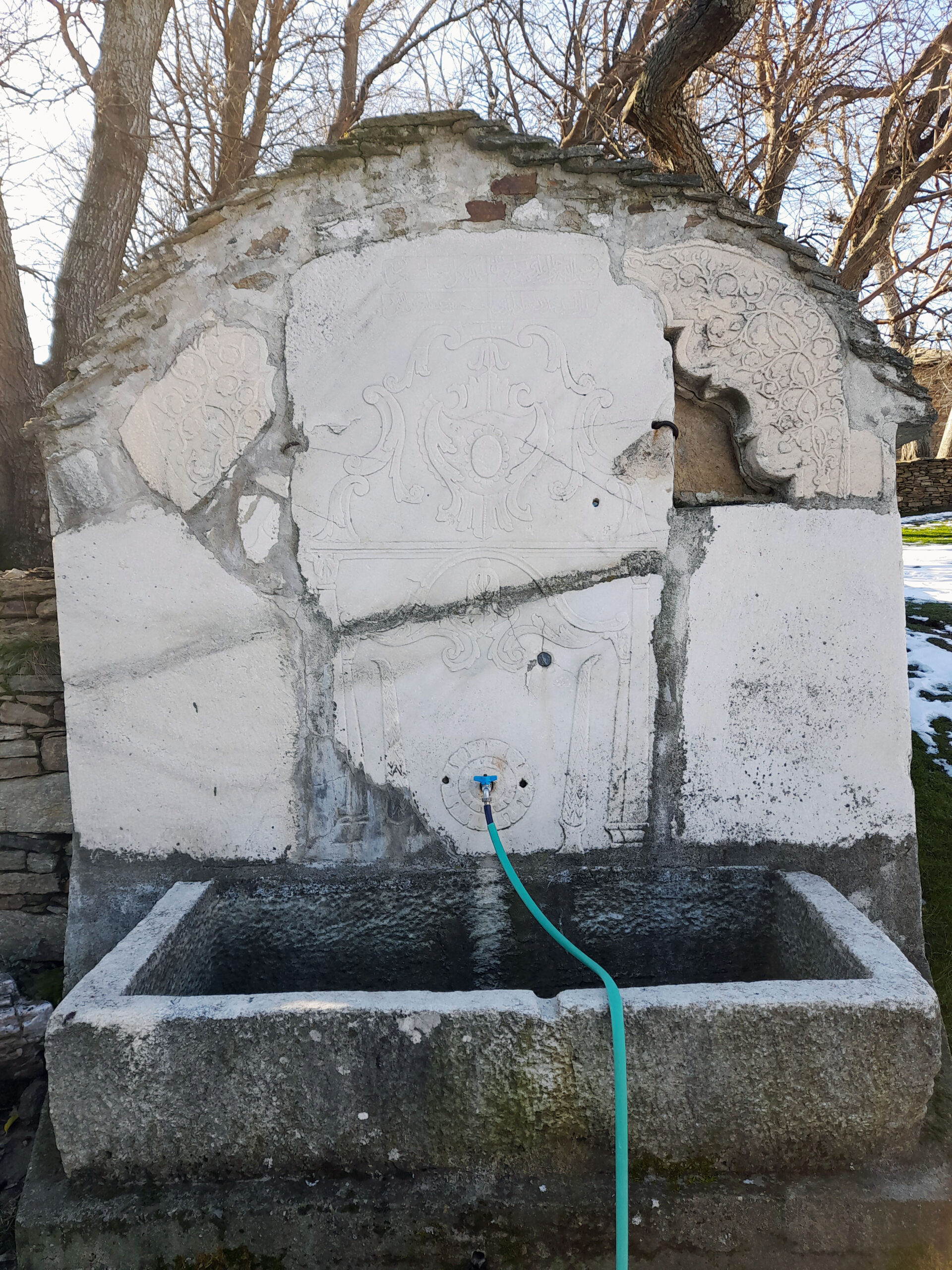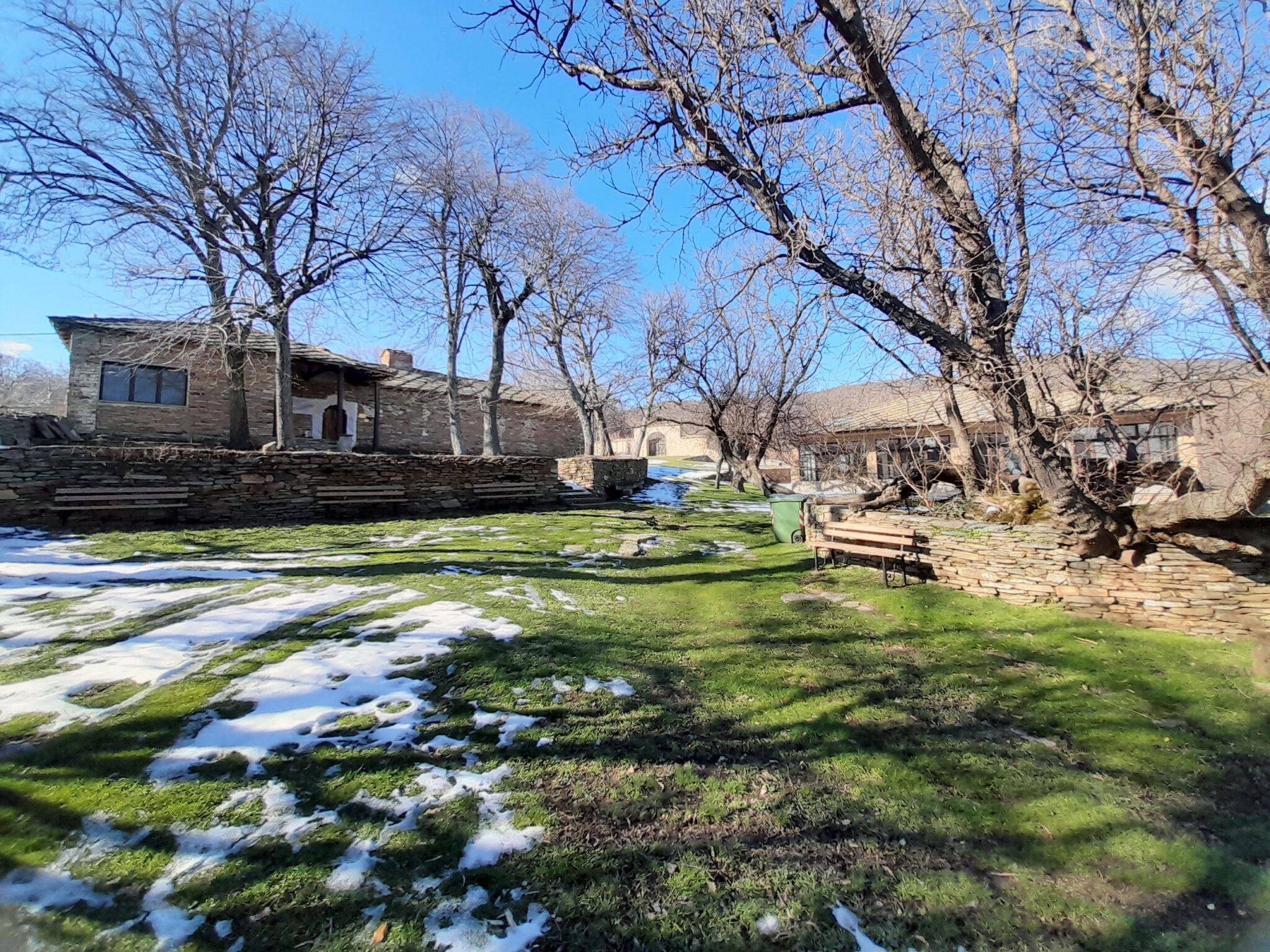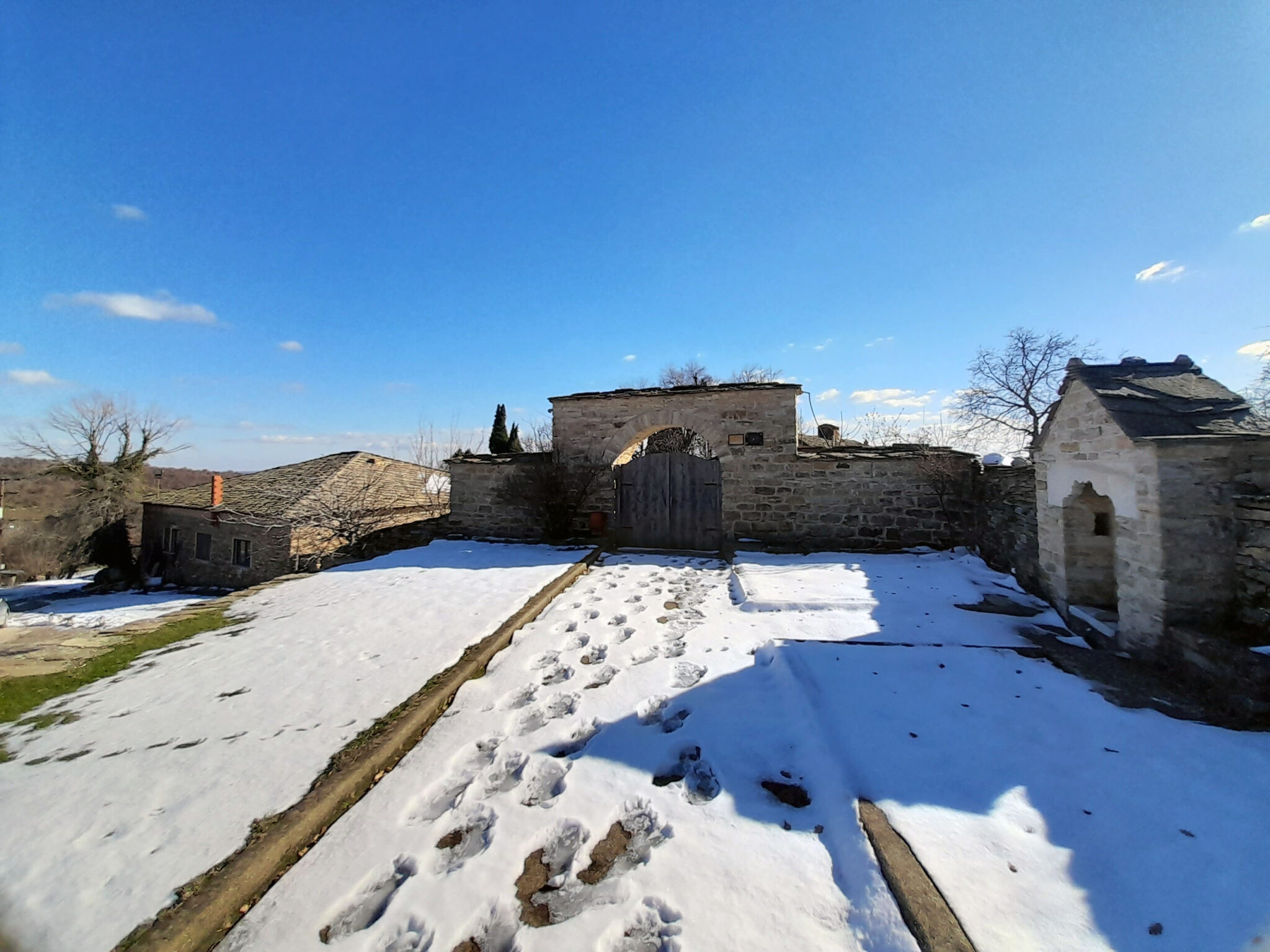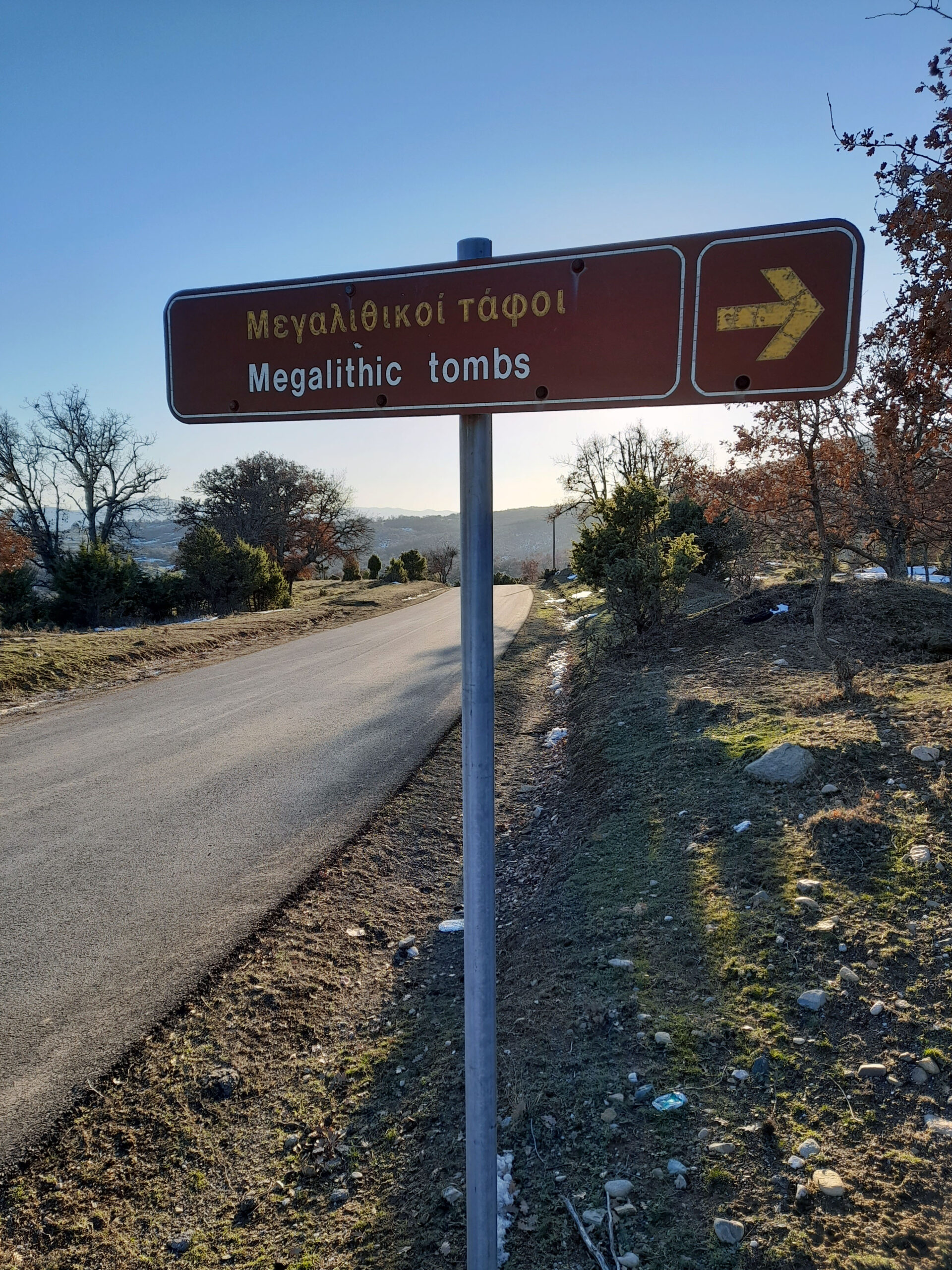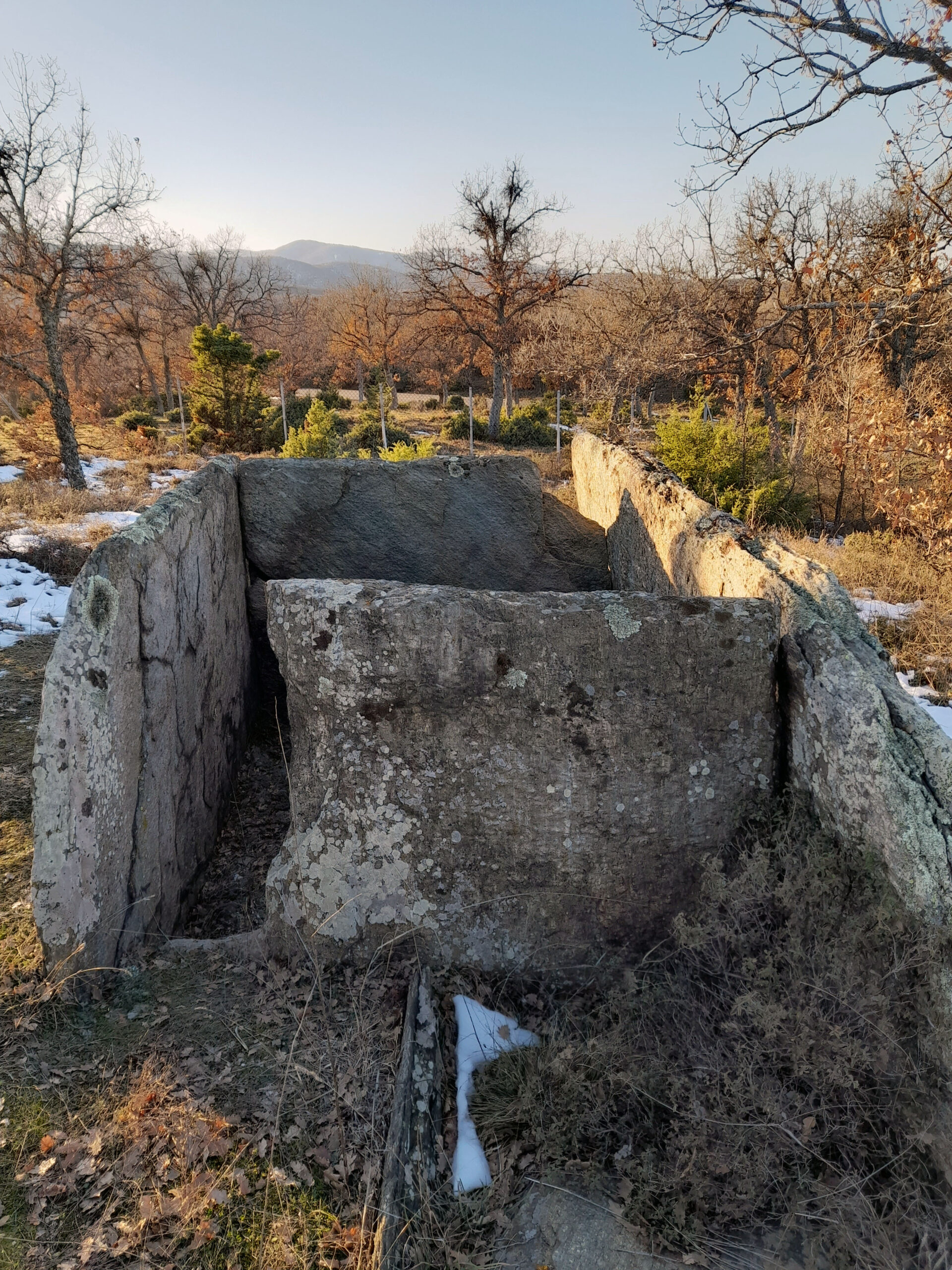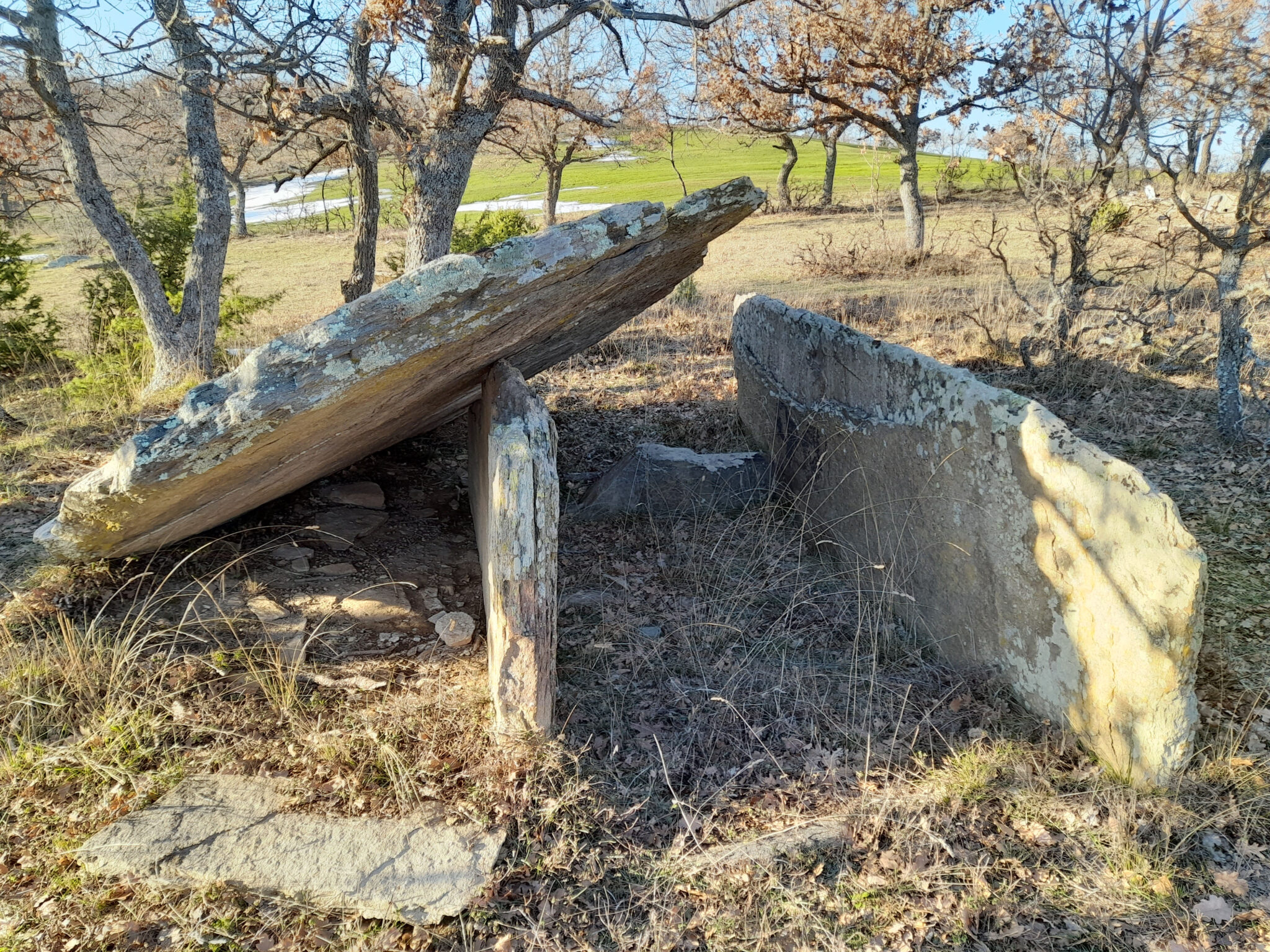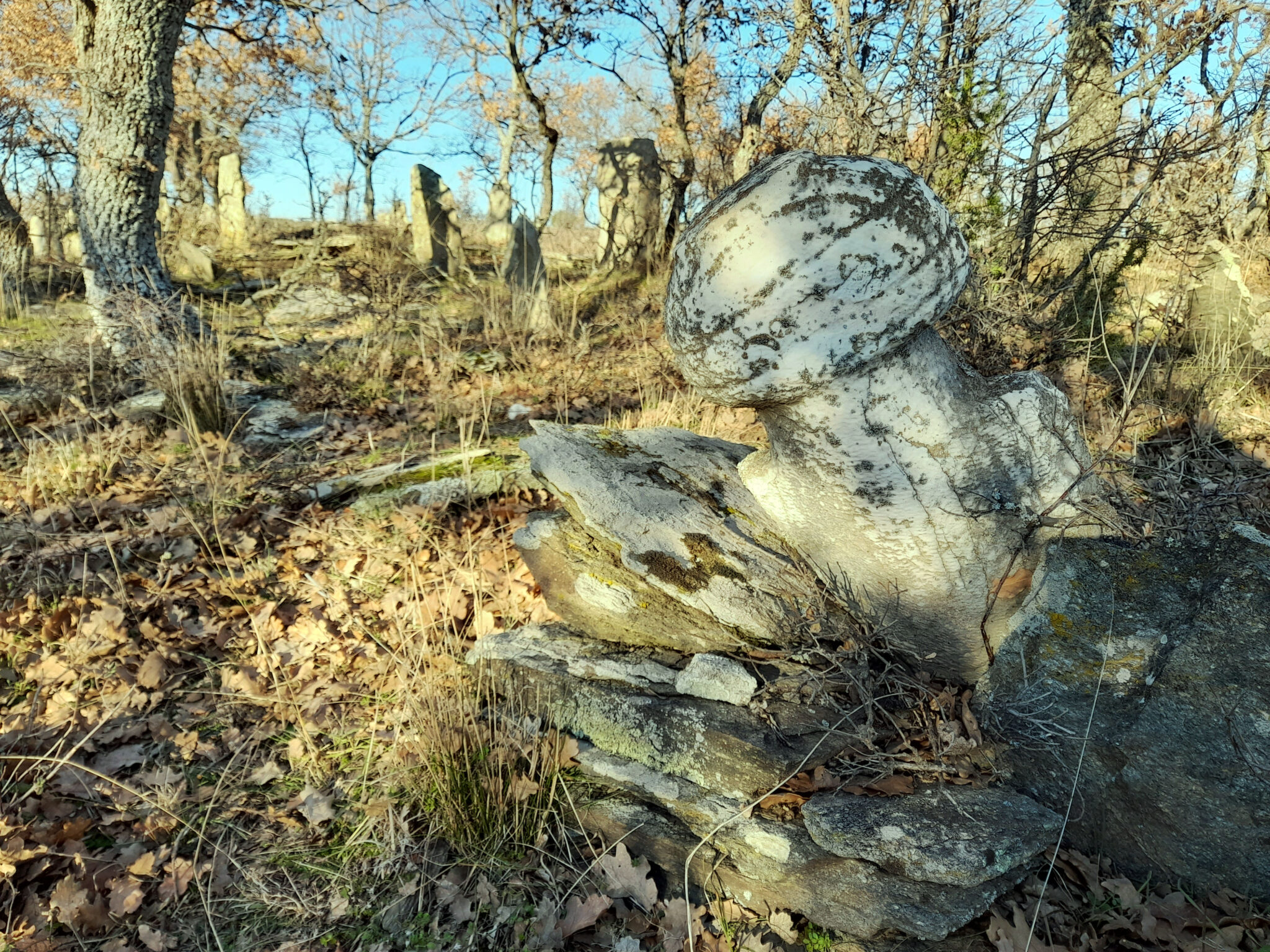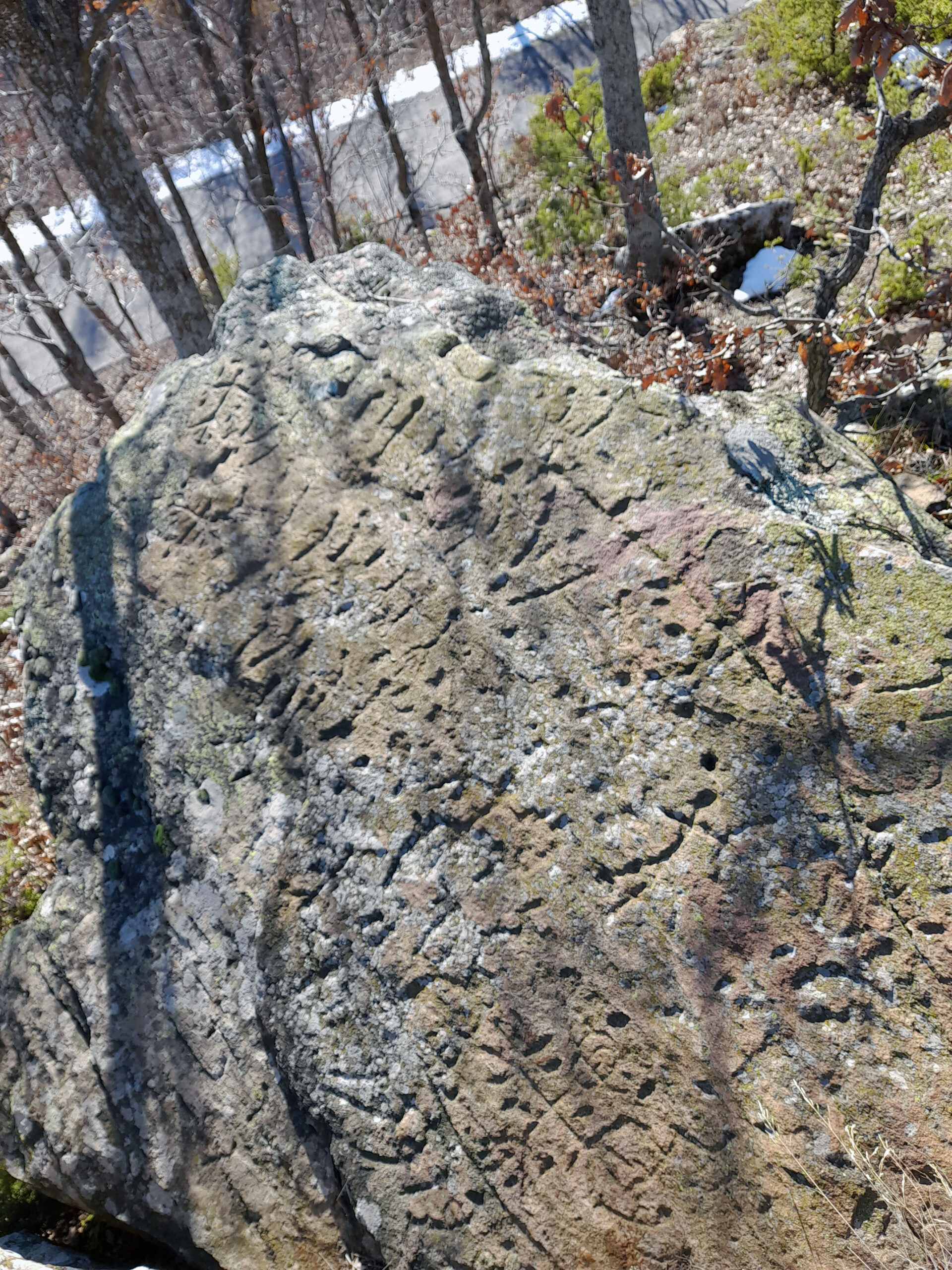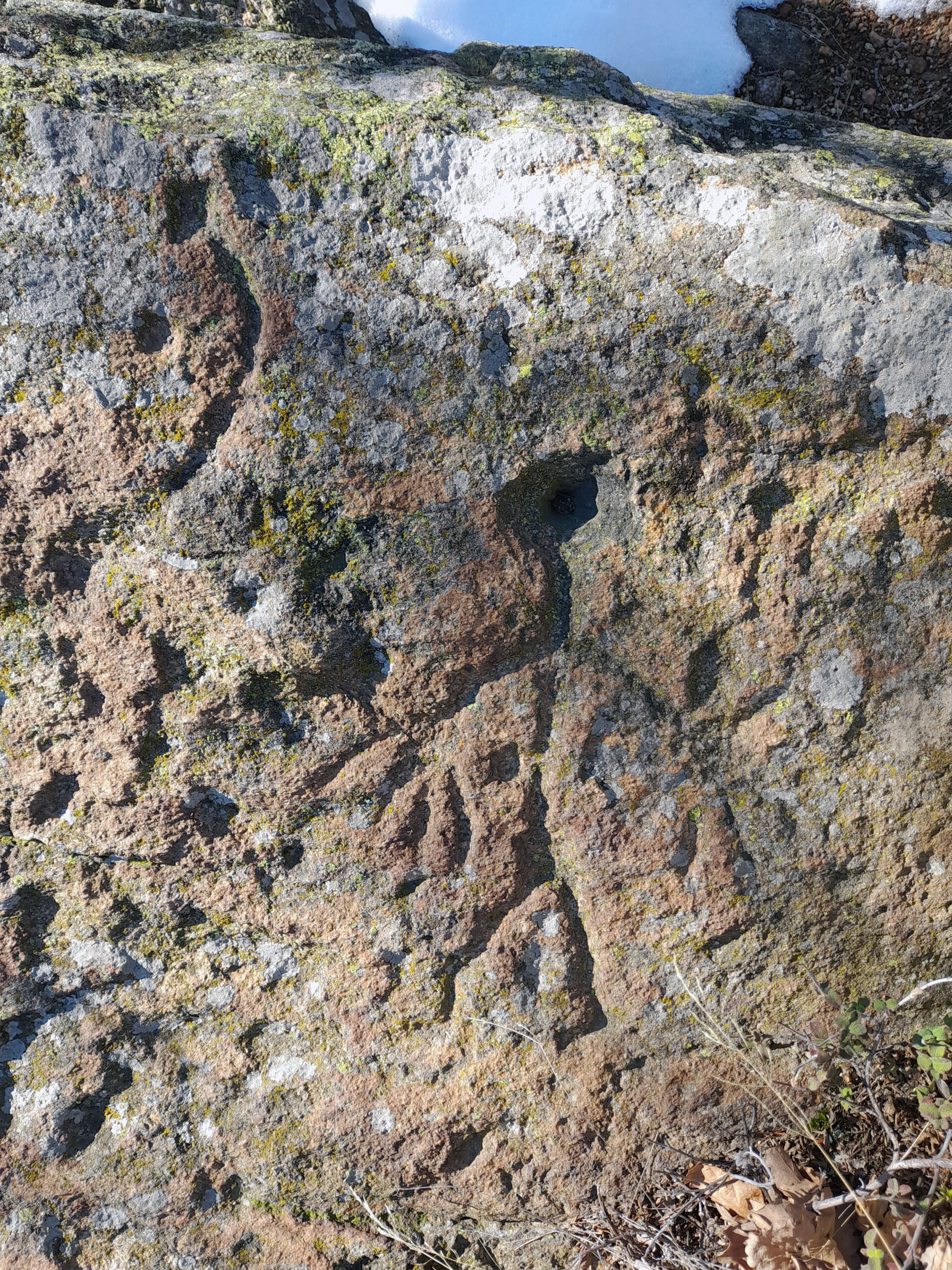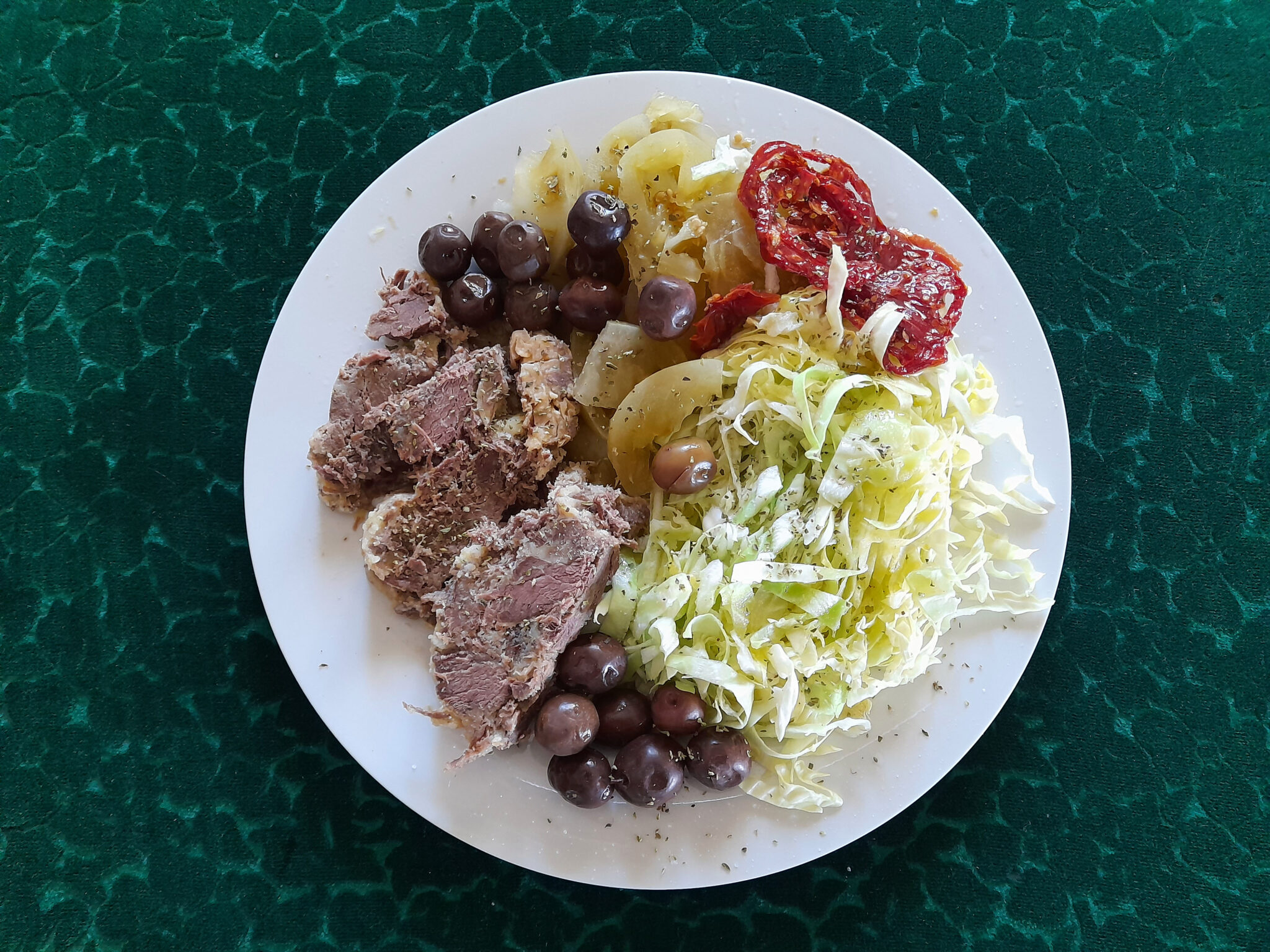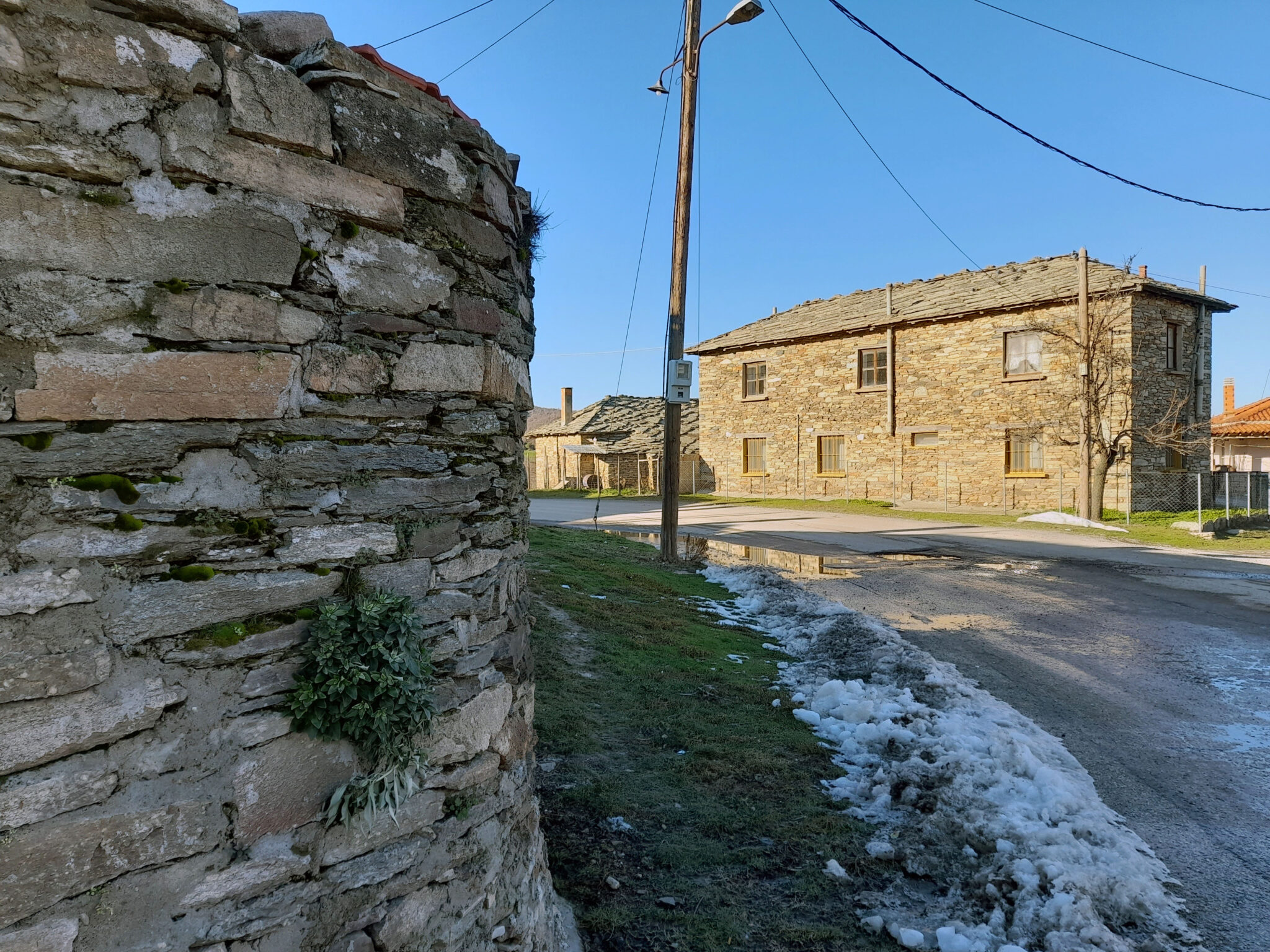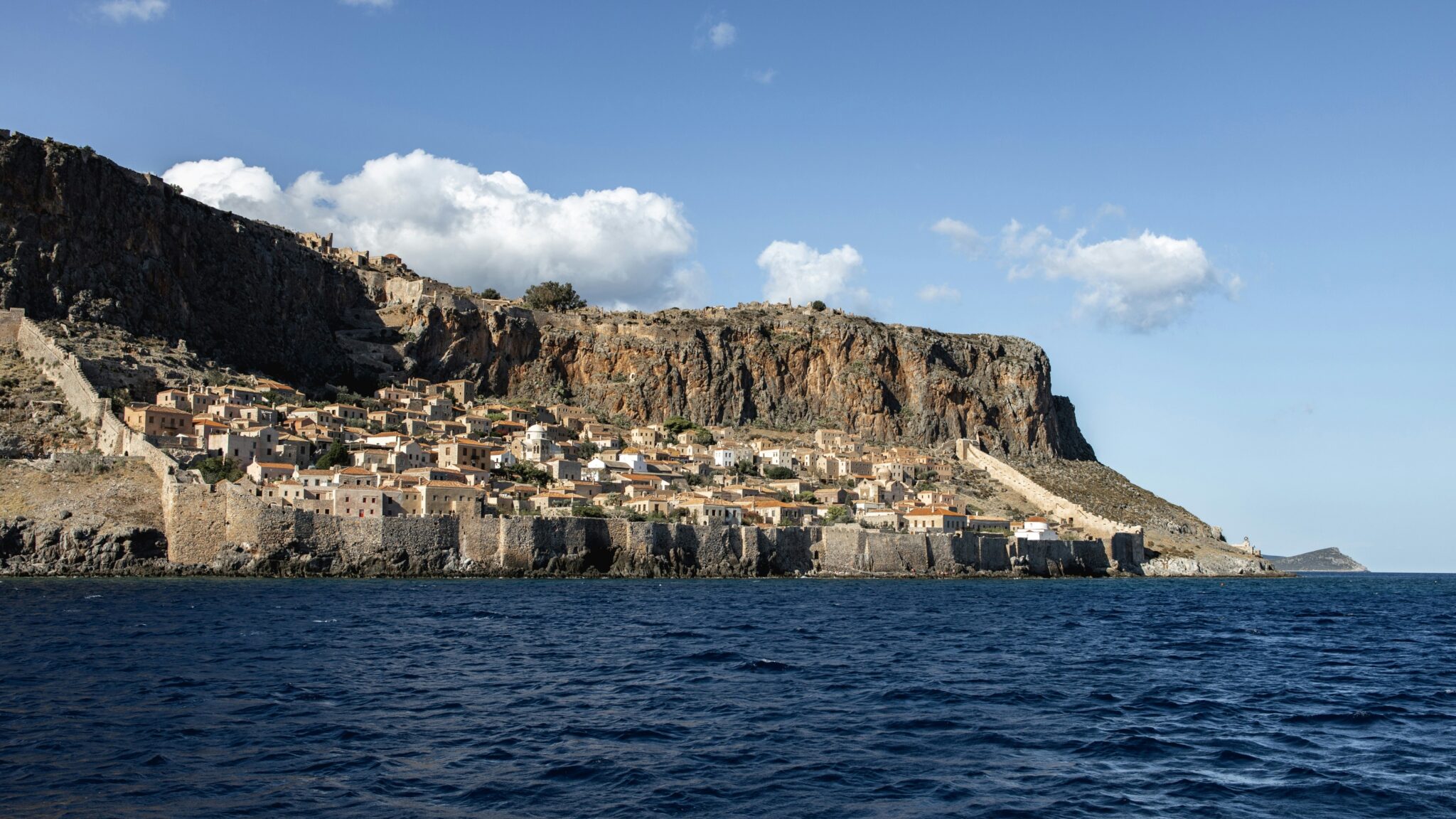We travelled to remote, yet cosmopolitan, Soufli that was recently named Best Tourism Village by the World Tourism Organization, to get to know this silk town and its secrets better.
We went bird-watching and saw rare birds of prey at the Dadia-Lefkimi-Soufli forest national park, we walked in the fossil forest of Lefkimi-Fylakto with the impressive findings, we travelled back in time at the unique Bread and Wheat museum in Lefkimi, and we enjoyed the calm and the sounds of birds at the Tiheros artificial lake.
Our trip to the borders was truly worth the 856 km (8-hours-and-52-minutes-drive from Athens) we had to travel, and it was completed with a visit to the mountainous areas and the unknown-to-most Pomak villages of Evros, with the hospitable Alevite Muslims, the traditional architecture, the special, mystic, atmosphere of the dolmen-megalithic tombs, the prehistoric rock paintings, and the unique Bektashi tekke of Kizil Deli, an important place of pilgrimage for Alevites everywhere. τ
The Alevites are a religious Muslim minority with elements in their belief that significantly differentiate them from the Sunnites and the Shiites. Women are equal to men, they are monogamous, alcohol is permitted, and music is an important part of their worship, the same way psalms are for Christians.
Starting at Soufli, we headed northwest, towards the Pomak villages of East Rodopi, with the best-known among them Megalo Derio, Geriko, Goniko, Petrologos, Roussa, and Sidirochori whose residents, known as Kizilbash, are a Bektashi Alevite sect, mainly farmers and livestock farmers. Due to their mountainous location, most villages are secluded, something that, to a great extent, has allowed them to preserve their traditional architecture and their special cultural character. The villages nowadays are much more easily accessible, due to the reconstruction of the road network that used to resemble – as the locals told us – a warzone.
In unexplored Greece
The wild landscape and nature’s beauty were impressive, as we crossed over Erithropotamos, on the old Bailey-style military bridge that leads us to Mikro Derio (32 km NW of Soufli). The village, that has both Christian and Muslim populations, is the main entrance point to the Pomak villages of East Rodopi. In the square, there was a sign welcoming us to “the land where Orpheus was born and raised” informing us that this is the homeland of the mythical lyre-player.
We continued uphill, westward, in the direction of Roussa. The village with the 500 residents is the most well-known one in the area, due to the Alevite tekke that operates there, and also due to the dolmen-megalithic tombs and the prehistoric rock paintings scattered in the area.
The tekke of Kizil Deli, also known as Segit Ali Soultan, is the only of its kind in operation in Greece. In essence, it’s a Bektashi dervish monastery that was founded in the beginning of the 15th century. Kizil Deli’s, the founder’s, grave is located in a small building inside the compound, that resembles a Christian monastery, and it’s an important place of pilgrimage for Alevite believers in Greece and abroad.
Crossing the wooden gate, we were filled with awe and wonder, since we know very little about the Alevite Muslims, their mores, traditions and customs. With the help of the president of the Board of Alevite Muslims of the Roussa Tekke, Ahmed Karahussein, we learned more about the holy place and its founder.
In the middle of the courtyard, there is a 600-year-old mulberry tree, whose berries, according to the religious tradition of the Alevites, are miraculous. There is also a mulberry tree in the main congregation space of the Bektashi order in the village Hacıbektaş, in Asia Minor.
The tekke’s unique stone buildings add to the beauty of the natural landscape, each with its own function in the Alevite rituals.
The tourbe: Segit Ali Soultan’s burial monument – mausoleum, the prayer area (Μeydan Evi), the “konaki” (the guestroom) where the tourbetaris (caretaker), Zeki Tsolac, and his family live, the kitchen and the dining hall for the celebrations. Sheikhs (the spiritual leaders of a tekke) and dervishes are buried at the cemetery.
Before entering the Tourbe and the prayer area you need to take off your shoes.
Outside of Roussa, on a low hill with oak trees, the signs lead us to an archaeological site with two dolmen-megalithic tombs –the only in Greece – that date back to the Early Iron Age (9th-8th century B.C.).
The tombs are constructed with five slates and the characteristic in dolmen opening on the one narrow side. Large pots containing the deceased’s ashes, or just the remains of the cremation were placed inside, along with the various offerings to the dead. Even though these findings are unique in Greece, unfortunately, the signs of neglect were obvious.
On our way from Roussa, towards the Hilia hill, a holy place for the Pomaks who gather there to celebrate Giagla-Bairami, we came across another sign that informs us of the presence of prehistoric rock paintings.
Going uphill on the path on the right of the sign (for about 50 m), we reached a large rock with designs carved on it, that date back to between 1100 and 900 B.C.. The designs show humans, birds, reptiles, and other symbols that are thought to be part of prehistoric rituals.
When we returned to Roussa, and we before we headed back to Soufli, we made a stop at the village, at young Kouroum Kehagia Hussein’s “super-market”, a store-coffeeshop-tavern-grocery shop-post office that treated us with Thracian mezze with kavurma, pickled cabbage, tomatoes, olives etc.
As for the local tsipouro (traditional pomace raki) it was perfect for the low temperatures. The Alevite, in contrast to other Muslims, drink alcohol, so we had the chance to drink with the polite and welcoming regulars at the coffee shop, promising we would return soon to the beautiful area that still has a lot of uncovered secrets for a foreign visitor.
We left the Pomak villages of Evros and Soufli behind, and went on our way back to the city, thinking about what we had seen and learned, happy to have met those warm, welcoming people, perhaps the main reason to plan a trip there, at a truly authentic land, right next to the border.
Accommodation and food
We stayed in Soufli, at “Koukouli”, a scenic 19th century bizekliki were the whole process of sericulture took place, that has been turned into a beautiful and warm hotel (tel. 0030 2554022400/ www.koukoulihotel.gr). We tried local mezze and Soufli dishes at the mezze tavern “To Oniro” (tel. 0030 6978532050) and at the tavern “Bereket” (Tel. 0030 2554023233).
Soufli on the map
Soufli is 856 km (8-hours-and-52-minutes-drive) from Athens and 359 km (3-hours-and-42-minutes-drive) from Thessaloniki. The nearest airport is Dimokritos airport in Alexandroupolis (58,8 km /44-minutes-drive).
Info:
www.soufli.gr
www.visitsoufli.gr
Read also:
In the cosmopolitan Soufli of silk and flavours – a unique travel experience
Halkidiki: Ultimate Greek summer destination also terrific in winter



